Introduction
By FinancialDocsProvider.com Editorial Team
Last updated: August 2025
A Utility Bill as Proof of Address is one of the most requested documents in rental, banking, and lending workflows across the US, UK, and Canada. Reviewers need a clear, recent statement showing your name and residential address so they can match it to your application. When the file is messy—or worse, altered—approvals stall or stop.
This guide explains how to format your utility bill for clean review, how to lawfully redact sensitive data, and how to pair the bill with income documents that match your situation (W‑2/1099, payslips, T4/NOA, or bank statements). Our voice is compliance‑first: we edit, format, and organize—we do not fabricate numbers, dates, or parties.
Whether you’re a renter finalizing a lease, an applicant preparing for an auto loan, or a self‑employed founder finishing a small‑business package, you’ll find a step‑by‑step approach below to prevent avoidable rejections.
Related Entities & Terms
- Address verification, KYC/AML, identity proofing
- W‑2, 1099‑NEC/1099‑K, IRS tax return transcript
- Payslips, P60/P45 (UK), Self Assessment (SA302)
- T4, T1 General, CRA Notice of Assessment (NOA)
- Bank statements; direct deposit letter; employer letterhead
- CFPB, FTC, IRS (US regulators)
- GOV.UK, HMRC, FCA (UK regulators/gov)
- FCAC, FINTRAC, CRA (Canada regulators)
- Credit file address, utility provider portal, e‑bill PDF
- Data redaction, file metadata, PDF/A export, OCR
- Lease applications, auto finance, SBA/SME lending
Note: requirements vary by institution. Many ask for a bill issued within the last 30–90 days, downloaded directly from your provider’s portal as a PDF. If your reviewer has a checklist, follow it exactly.
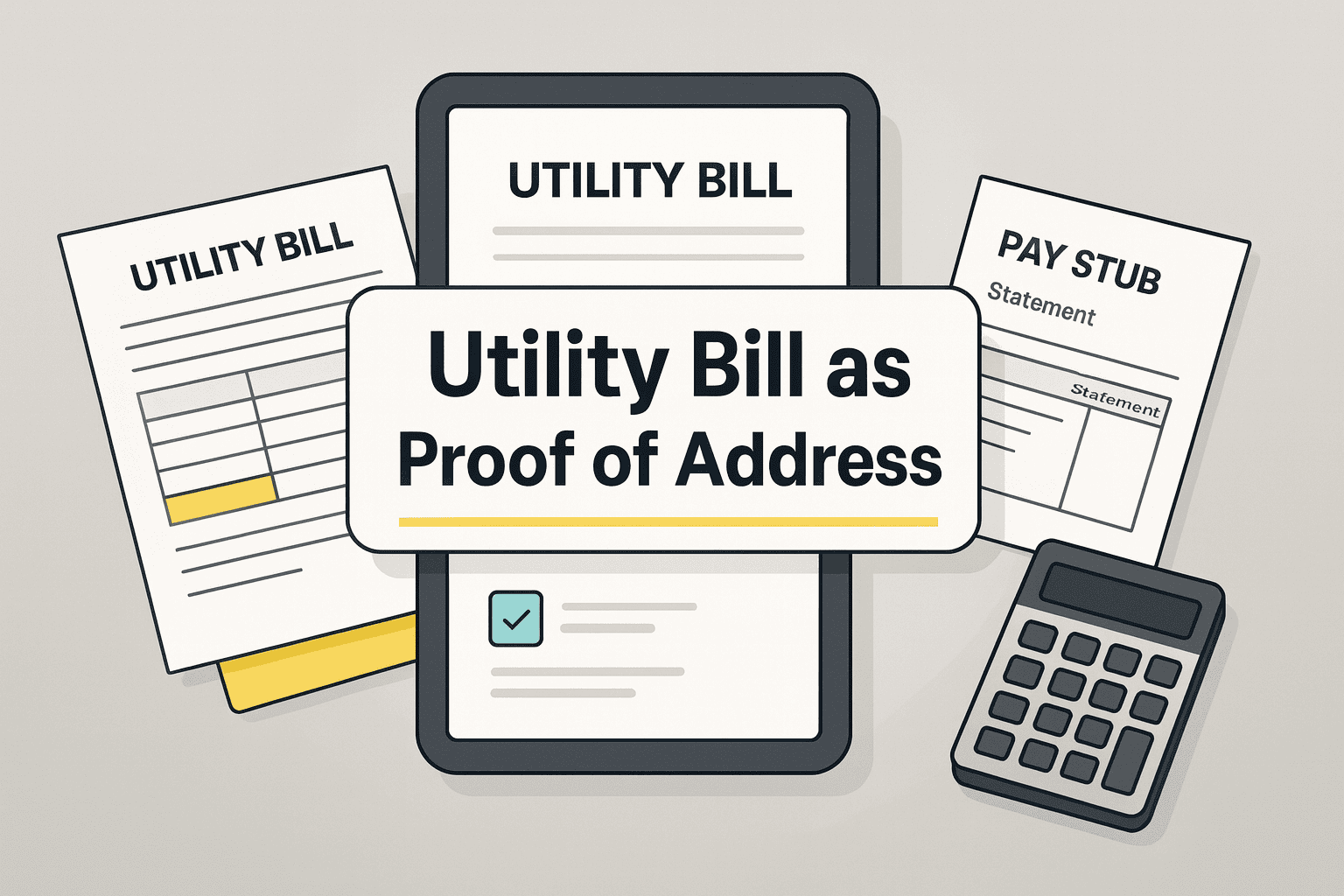
Law Basics (US, UK, Canada): Formatting vs. Falsification
Across the US, UK, and Canada, reviewers must verify identity and address. Laws focus on truthfulness, not on whether you improved readability. It’s acceptable to fix legibility and redact sensitive data when permitted. It is illegal to change factual content like names, addresses, dates, or amounts.
United States
Financial institutions apply KYC and anti‑fraud controls. They typically accept utility bills, bank statements, or government letters as address proof. Consumer protection agencies emphasize clarity and accuracy. When in doubt, provide an original download from your provider portal or an unaltered scan, then apply minimal redactions.
- Expect a recency window of 30–90 days for most applications.
- Names and service address must match your application details.
- Electronic statements are usually acceptable if downloaded directly as PDF.
United Kingdom
UK firms are guided by government rules on customer due diligence and identity verification. A recent utility bill is commonly used alongside photo ID. Keep the supplier logo, account number (partially redacted if allowed), name, full service address, and statement date visible.
Canada
Canadian reviewers follow consumer protection and anti‑money‑laundering expectations. A recent utility bill, tax notice, or bank statement may be acceptable. Ensure your bill shows your name and dwelling address clearly and is recent.
What Edits Are Allowed for a Utility Bill as Proof of Address?
“Allowed” means changes that do not affect the underlying truth of the statement. These adjustments simply make the document easier to read and verify. Always keep a copy of the original download.
Redaction & Privacy
- Mask long account numbers, barcodes, and QR codes if the reviewer permits it.
- Never hide names, service address, or statement date—reviewers need these to match records.
- Use solid, rectangular redaction (not blur) to avoid “peek-through.”
Legibility Improvements
- Rotate, deskew, and crop margins so the bill sits squarely on the page.
- Enhance contrast for faint text; remove shadows from phone photos.
- Run OCR to make the PDF text-searchable; reviewers love quick address searches.
Export & Pagination Fixes
- Download the bill as a PDF from the provider portal when possible.
- Merge pages in the correct order (statement page first, then inserts if relevant).
- Export to a single PDF under ~5–10 MB unless the reviewer specifies otherwise.
File & Metadata Hygiene
- Use descriptive filenames like
Lastname_UtilityBill_2025-07.pdf. - Remove unnecessary author/tool metadata before sending.
- Confirm the visible statement date is within the required window.
If Your Bill Has Errors
If your legal name or address changed, request a corrected bill from your utility provider and then re‑download. Do not “fix” names or addresses yourself.
What’s Illegal (and Why It Matters)
Altering factual content on a utility bill is fraud. Reviewers use automated and human checks to detect tampering. If they suspect falsification, applications can be declined or escalated to compliance teams.
Examples of Prohibited Changes
- Changing the service address, customer name, or statement date.
- Rewriting line items, usage, fees, or balances.
- Copy‑pasting logos or seals from other providers or old statements.
- Editing fonts so totals align with altered numbers.
Potential Consequences
- Immediate application rejection and cooling‑off periods.
- Account closures or blacklisting by lenders/landlords.
- Investigation for fraud; possible civil or criminal penalties.
Bottom line: keep the facts intact. Instead, focus on clarity and proper packaging.
Use Cases & How to Pair with Income Documents
Your utility bill proves where you live; your income documents prove ability to pay. Pairing them correctly speeds decisions. Below are common scenarios with practical packaging tips across the US, UK, and Canada.
Renters & Lease Applications
Landlords often ask for a recent utility bill plus proof of income. Keep names and addresses consistent with your lease. If you recently moved, add a move‑in letter or tenancy agreement to bridge the address change.
- Suggested packet: Utility bill (last 60 days) + two recent pay stubs (or payslips) + employer letter.
- If self‑employed: Utility bill + last 3 months of bank statement formatting + 1099/T4 or recent tax page.
- If studying: Utility bill + enrollment letter + stipend/loan letter, if applicable.
Auto Loans & Auto Insurance
Auto lenders verify garaging address for risk and underwriting. Pair a clean utility bill with steady income proof.
- Utility bill (last 30–60 days) + two pay stubs or a W‑2 summary page.
- For gig workers: Utility bill + 3 months bank statements + latest 1099‑NEC/1099‑K.
Mortgages & First‑Time Buyers
Mortgage teams compare addresses across the bill, your credit file, and ID. Minor mismatches delay underwriting. If you’re in transition, include a letter of explanation for recent address changes.
- Utility bill + pay stubs/payslips + annual statement (W‑2/P60/T4) + tax return or transcript.
- Self‑employed: Utility bill + 2 years of returns (SA302/T1 extracts) + business bank statements.
Small‑Business Lending (SBA/SME)
For small‑business loans, reviewers want to see personal residency and consistent income. Combine address proof with company revenue documentation, keeping personal and business accounts distinct.
- Utility bill + two months of personal bank statements + W‑2 or 1099 income as applicable.
- Entrepreneurs: Utility bill + business bank statements + recent NOA/IRS transcript or SA302.
International Students & Newcomers
If you’re new to the country, you may have limited documentation. Use the earliest utility bill at your new address, then add a university or employer letter to connect timelines.
Pairing Guidance by Employment Type
- W‑2 (US), Payslips (UK), T4 (CA): Utility bill + two recent wage documents + annual summary page (W‑2/P60/T4).
- Self‑employed: Utility bill + 3 months bank statements + 1099/SA302/T1 extracts + latest NOA/IRS transcript.
- Mixed income: Utility bill + bank statements + letters from each income source.
Need help formatting a multi‑doc packet, combining pages, or redacting selectively? Explore our proof of income editing services, and review our bank statement formatting options.
How We Work (Intake → Reconciliation → Formatting → Delivery)
Our goal is to reduce friction while protecting compliance. Here’s how your documents move from upload to a reviewer‑ready packet—always without altering facts.
1) Intake
- Secure upload or link to the utility provider’s PDF download.
- Share the reviewer’s checklist (leasing office, lender, or HR portal).
- Tell us the due date and any system limits (file size, PDF/A, one file only).
2) Reconciliation
- We check names and address alignment across your bill and income docs.
- We flag gaps (e.g., nicknames vs. legal names, recent move dates, apartment numbers).
- We advise on adding a letter of explanation when transitions need context.
3) Formatting & Redaction
- Legibility fixes, OCR, and clean pagination in reviewer order.
- Selective redaction for privacy where permitted.
- File naming and metadata hygiene for a professional finish.
4) Delivery
- We deliver a ready‑to‑upload PDF packet.
- We include a short cover page with a contents list if requested.
- We never change amounts, dates, or parties. Ever.
Curious about scope and timelines? See our pricing, learn about our process, or contact our team.
Quick Compliance Checklist
Use this list before you upload or submit your packet.
A. Address Proof (Utility Bill)
- Statement date within the last 30–90 days (per reviewer rules).
- Name and full service address exactly match your application.
- Provider logo and page headers visible and not cropped.
- Legibility: not skewed, not blurry; black text on white background preferred.
- Redaction hides only sensitive numbers; name/address/date are fully visible.
- Filename is descriptive and current (e.g.,
Lastname_UtilityBill_2025-07.pdf).
B. Income Pairing
- W‑2/payslips/T4 or 1099/SA302/T1 as applicable to your employment type.
- Bank statements covering the same timeframe as your pay evidence, when requested.
- Annual summary (W‑2/P60/T4) or transcript/NOA if the reviewer asks for it.
- Page order: address proof first, then income docs in chronological order.
C. Packet Delivery
- Single PDF unless the portal requires separate uploads.
- Total file size under the portal limit.
- Cover page with contents list if your reviewer likes structure.
Common Red Flags That Trigger Rejections
- Mismatched names (nickname vs. legal) or missing apartment/unit numbers.
- Out‑of‑date bills outside the 30–90 day window.
- Scans with moiré patterns, shadows, or cutoff headers and logos.
- Strange fonts or copy‑pasted elements around amounts and dates.
- Metadata showing image‑editing apps when the file should be a direct download.
- Address on the bill is a P.O. Box when the reviewer needs a physical residence.
- Different address across your utility bill, ID, and income documents without explanation.
Official Resources & Helpful Links
For rules and consumer guidance, consult official sources. These links open in a new tab.
- United States: Consumer Financial Protection Bureau (CFPB) — consumer banking and documentation guidance.
- United Kingdom: GOV.UK — Money laundering regulations & customer due diligence.
- Canada: Financial Consumer Agency of Canada (FCAC) — banking and consumer info.
Need help assembling a clean packet? Explore our proof of income editing, see pricing, read about our process, or contact our team.
FAQs
1) What counts as a “utility bill” for address proof?
Usually electricity, gas, water, sewer, or municipal services. In many cases, landline/internet are accepted. Mobile phone bills are sometimes excluded—check your reviewer’s list.
2) How recent should the bill be?
Many reviewers ask for a bill issued within the last 30–90 days. Always follow the specific window in your lender’s or landlord’s instructions.
3) Can I redact account numbers?
Yes—if the reviewer permits redaction. Keep your name, service address, and statement date fully visible. Show the last 2–4 digits of the account number if requested.
4) What should I pair with my bill to show income?
If employed, two recent pay stubs/payslips plus your annual summary (W‑2/P60/T4). If self‑employed, bank statements plus 1099/SA302/T1 extracts and a recent transcript/NOA.
5) Can you fix mistakes on my bill?
We can format, organize, and redact, but we do not change facts. If your name or address is wrong, request a corrected bill from your utility provider and re‑download the PDF.
Need accurate, reliable financial documents fast? Contact FinancialDocsProvider.com now.



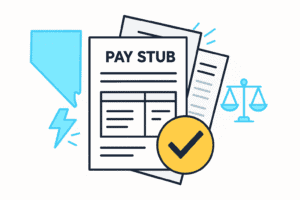
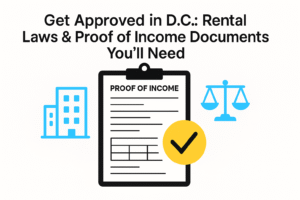
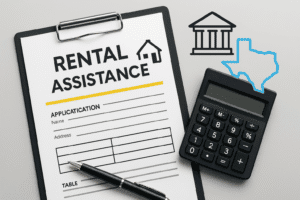
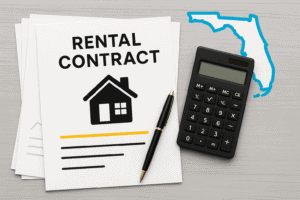

Add comment